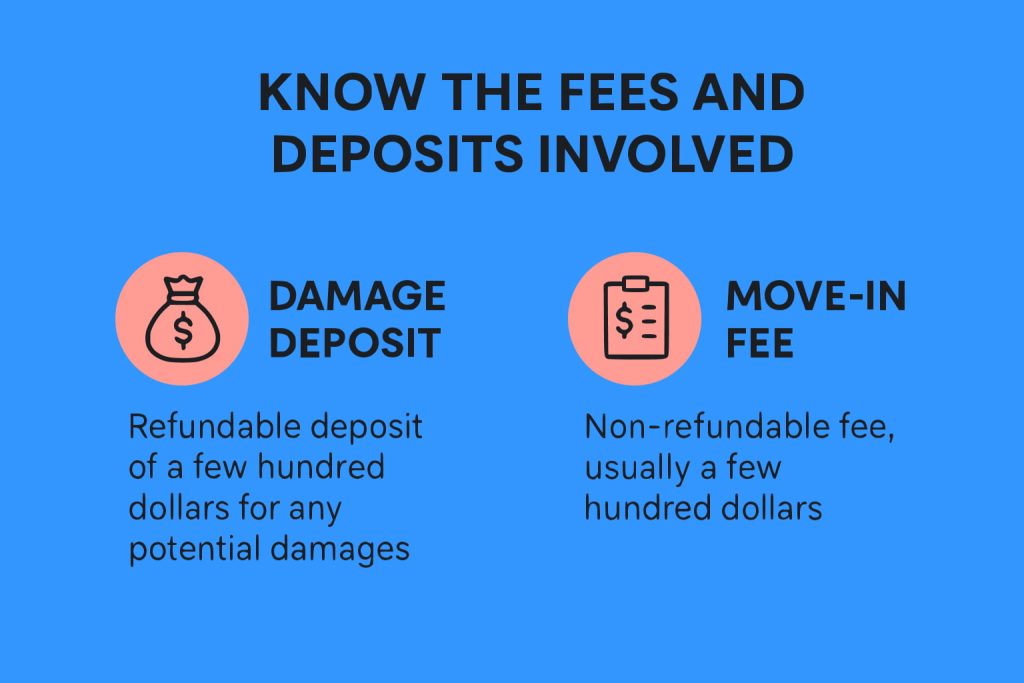Moving into a high-rise condo in Washington, DC comes with some special logistics. One of the most important (and sometimes overlooked) tasks is reserving the building’s elevator for your move-in. Many DC condo buildings have strict rules about when and how you can use the elevators on moving day. If you’re preparing for a move, here’s what you need to know – from booking the elevator and timing your move to handling fees and damage deposits – to ensure a smooth arrival at your new home.
Plan Ahead and Secure Your Elevator Slot
Don’t wait until moving day to think about the elevator.
As soon as you know your move-in date, contact your condo’s management or front desk to reserve an elevator. Most DC condos require you to schedule a move at least a week or two in advance. In popular buildings (or around end-of-month when lots of leases start and end), slots fill up fast, so earlier is better. Buildings typically allow moves only during certain hours – often weekdays during business hours (for example, 9 AM to 5 PM). Some places permit Saturday moves, but it’s common that no moving is allowed on Sundays or holidays to avoid disturbing residents. Coordinate with your building manager to get an approved date and time window for using the freight or service elevator. Make sure to also ask how long you’ll have the elevator reserved. Many condos limit each move to a set time block (often around 2 to 4 hours), so you’ll want to plan your packing and mover schedule around that window.
Know the Fees and Deposits Involved

Be prepared for extra moving costs charged by your building. Nearly all DC high-rises charge some form of move-in fee or deposit. One common requirement is a damage deposit – essentially a refundable security deposit (often a few hundred dollars) that the building holds in case your move causes any damage to the elevator or common areas. Assuming no scratches or dents occur during your move, you’ll get this deposit back. The other typical charge is a non-refundable move-in fee. This is usually a few hundred dollars and covers the building’s expenses for your move – things like putting up protective elevator pads, using extra electricity, wear-and-tear on the elevators, or paying building staff to assist or supervise during the move.
Every building’s policy is a little different: some condos in DC might only ask for a $500 refundable deposit and no fee, while others might ask for a $300 deposit and a $200 fee, for example. When you reserve the elevator, the management will tell you what payments are due. Mark the due dates (many buildings require these fees and forms a week before your move). Paying on time and following the rules will keep you in the management’s good graces (and ensure they unlock that elevator for you on the big day!).
Follow Building Rules and Get Proper Paperwork
Condo buildings often have detailed rules for moving, so get a copy of your building’s move-in guidelines in advance. These rules will spell out everything: the permitted move hours, how to reserve the elevator, and any other requirements. Most buildings will require your moving company to provide a Certificate of Insurance (COI) naming the condo or management company – this proves that any accidental damage during the move will be covered. Professional movers in DC deal with COIs regularly, so just be sure to ask your mover to send it to the management before moving day. Also, find out if you need to use a service elevator or a specific entrance. Many upscale condos want all moves done via a back entrance or a designated freight elevator to avoid tying up the main elevators. When you book your time slot, confirm which elevator to use and how to access it (some elevators are locked for your exclusive use during the reservation).
Learn more about COI for your move in DC
Another thing to clarify is whether the building will install padding or protective blankets in the elevator, or if you or your movers are expected to do so. High-rises usually have quilted pads to line the elevator walls so furniture doesn’t scratch them – make sure those are in place or available. Some condos also require floor covers or corner guards; your movers might handle this if informed. In short, adhere to all the instructions your building provides. Not only will this protect you from losing your deposit due to a scuff or rule violation, it also shows respect to your new neighbors and building staff.
Timing Is Everything (Keep Your Move Efficient)
On moving day, time can be your biggest ally or enemy. Since you might only have a few hours on the elevator schedule, it’s crucial to use them wisely. Start on time (or even 10 minutes early if the building allows). Have your boxes sealed and furniture ready to go when the clock starts. If you hired movers, they will work quickly, but you should still supervise and keep everyone aware of the time limit. One smart tip is to use dollies and hand trucks for moving boxes and furniture to the elevator – this speeds up loading and unloading dramatically. If there’s a long walk from the truck to the elevator, factor that in; you might station a person at the truck and another at the elevator to ferry items efficiently. Also, be mindful of any move that runs up against another resident’s reservation. In some buildings, if you go past your allotted time and someone else has the elevator next, you might be cut off and forced to wait. To avoid that nightmare scenario (and potential extra fees), consider hiring an extra mover or a larger crew to get the job done within the time window. It might cost a bit more, but it beats paying overtime fees or inconveniencing other residents.
Don’t Forget Parking in DC
Washington DC’s streets can be crowded, and finding space for a moving truck isn’t guaranteed. If your building has a loading dock or a reserved moving truck space, you’re in luck – be sure to reserve that along with the elevator. If not, you’ll need to arrange street parking. DC offers one-day “No Parking” permits for moving trucks through the city’s Transportation Online Permitting System. Essentially, you apply online for an Emergency No Parking permit, which allows you to cordon off curb space for your truck. There is a small fee, and you’ll have to pick up and post official signs a few days ahead. It’s an extra step, but it’s absolutely worth it to avoid driving circles around the block on moving day. Plan this at least a week in advance so you can get approval and put up the signs 72 hours before your move (a city requirement). Your moving company may also help with this or advise on the process since they do it frequently in DC.
Learn how to get a parking permit in DC.
Bottom line: make sure your moving truck has a legal and close spot to park, or all your careful elevator planning could be for naught.


